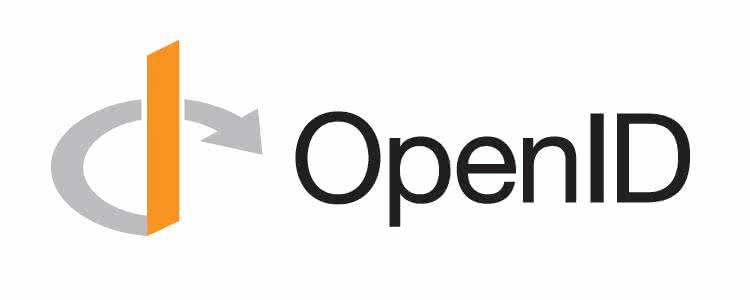
第一次开发微信版网页,对最重要的获取微信OpenId,特此记录下来
1.首先得有appid和appsecret
1 1. public class WeiXin { 2 3 public static string appid { 4 get { 5 string _appid = "wx3xxxxxxxxxxxxxxx"; 6 return _appid; 7 } 8 } 9 public static string aseret { 10 get { 11 string appsecret = "b6719276d539796d94bxxxxxxxxxxxxxxx"; 12 return appsecret; 13 } 14 } 15 16 }logs_code_collapse">准备appid和appsecret
2.只获取用户的openID,,在确保微信公众账号拥有授权作用域(scope参数)的权限的前提下(服务号获得高级接口后,默认拥有scope参数中的snsapi_base和snsapi_userinfo),引导关注者打开如下页面,以snsapi_base为scope发起的网页授权,并且是静默授权并自动跳转到回调页的。用户感知的就是直接进入了回调页(下面代码中的url参数就是回调页,静态的可以写成:string url = https://wx.baidu.com/controller/GetOpenId,注意URL需要进行HttpUtility.UrlEncode(url)编码,还有回调页的域名需要和微信公众号里面设置的回调域名相同)

1 public class ApplyVIPController : Controller 2 { 3 4 // GET: /ApplyVIP/ 5 6 public ActionResult Index(string url) 7 { 8 string _url = string.Format("https://open.weixin.qq.com/connect/oauth2/authorize?appid={0}&redirect_uri={1}&response_type=code&scope=snsapi_base&state={2}#wechat_redirect", 9 WeiXin.appid, 10 url,//回调页URL 11 Guid.NewGuid().ToString("N")); 12 return Redirect(_url);//这里微信会自动取出回调页URL,并且跳转到该url所属的页面 13 }静默授权并且跳转回调页
3.获取code,并且通过code获取Openid,正确时返回的JSON数据包如下:{ "access_token":"ACCESS_TOKEN", "expires_in":7200, "refresh_token":"REFRESH_TOKEN", "openid":"OPENID", "scope":"SCOPE" },这里面就包含了所需要的OPENID

//controller public string GetOpenId() { string code = requset.querystring["code"]; string openid = ""; string json = ""; string url = string.Format("https://api.weixin.qq.com/sns/oauth2/access_token?appid={0}&secret={1}&code={2}&grant_type=authorization_code "//通过appid,appaseret,code , WeiXin.appid, WeiXin.aseret, code); HttpQuery.Get(url, null, msg => { json = msg; }); JObject job = (JObject)JsonConvert.DeserializeObject(json); openid = job["openid"].ToString(); return openid; }View Code
4.请求获取Openid的httpquery.get()方法

public class HttpQuery { private static readonly string DefaultUserAgent = "Mozilla/4.0 (compatible; MSIE 6.0; Windows NT 5.2; SV1; .NET CLR 1.1.4322; .NET CLR 2.0.50727)"; public static void Get(string url, object data, Action<string> callback) { IDictionary<string, string> parameters = Getparameters(data); if (!(parameters == null || parameters.Count == 0)) { url += "?"; foreach (var item in parameters) { url += item.Key + "=" + item.Value + "&"; } } CreateGetHttpResponse(url, null, null, null, callback); } /// <summary> /// 创建GET方式的HTTP请求 /// </summary> /// <param name="url">请求的URL</param> /// <param name="timeout">请求的超时时间</param> /// <param name="userAgent">请求的客户端浏览器信息,可以为空</param> /// <param name="cookies">随同HTTP请求发送的Cookie信息,如果不需要身份验证可以为空</param> /// <returns></returns> private static HttpWebResponse CreateGetHttpResponse(string url, int? timeout, string userAgent, CookieCollection cookies, Action<string> callback, string encoding = "utf-8") { if (string.IsNullOrEmpty(url)) { return null; //throw new ArgumentNullException("url"); } try { HttpWebRequest request = WebRequest.Create(url) as HttpWebRequest; request.Method = "GET"; request.UserAgent = DefaultUserAgent; if (!string.IsNullOrEmpty(userAgent)) { request.UserAgent = userAgent; } if (timeout.HasValue) { request.Timeout = timeout.Value; } if (cookies != null) { request.CookieContainer = new CookieContainer(); request.CookieContainer.Add(cookies); } HttpWebResponse httpWebResponse = request.GetResponse() as HttpWebResponse; StreamReader reader = new StreamReader(httpWebResponse.GetResponseStream(), System.Text.Encoding.GetEncoding(encoding)); string html = ""; //获取请求到的数据 html = reader.ReadToEnd(); //关闭 httpWebResponse.Close(); reader.Close(); callback(html); return httpWebResponse; } } catch { callback(null); } return null; } }View Code